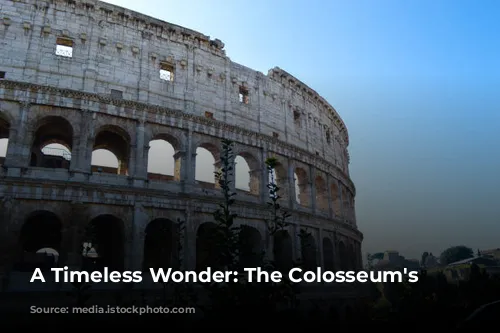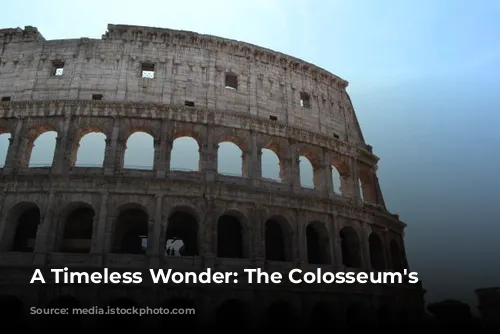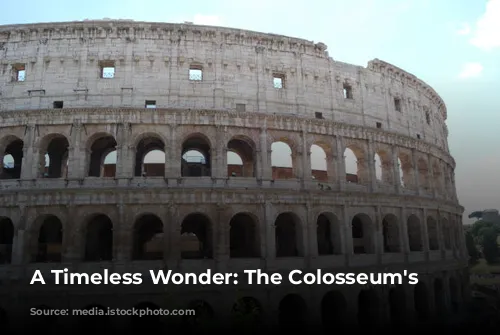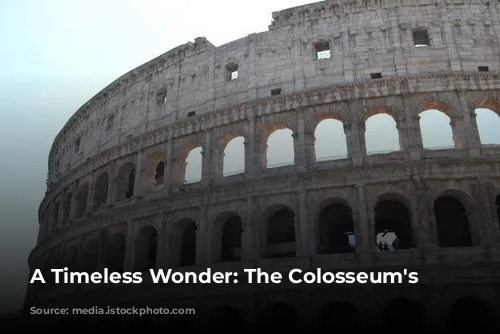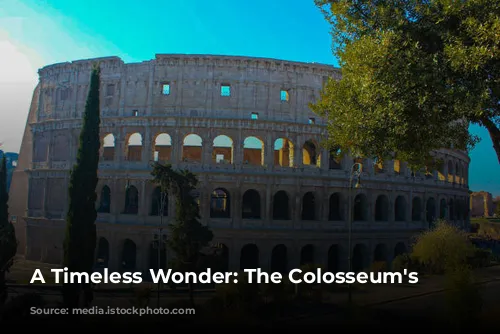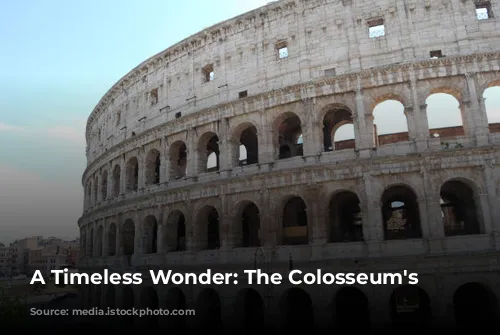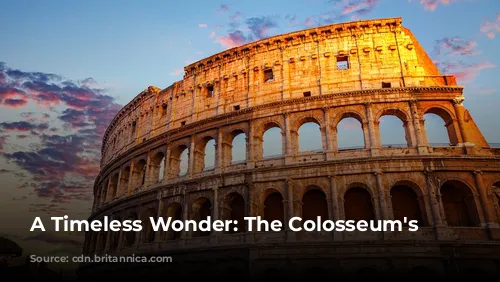The Colosseum, a remarkable remnant of the Roman Empire, stands as a testament to the architectural and engineering brilliance of ancient Rome. Its towering structure continues to captivate millions of visitors each year, making it a significant source of revenue for the Italian government. In 2018 alone, the Colosseum, Roman Forum, and Palatine Hill generated over $63.3 million (€53.8 million), solidifying their position as Italy’s top tourist attraction.
This enduring popularity is a testament to the Colosseum’s historical significance and architectural prowess. It stands as a powerful reminder of the grandeur and might of the Roman Empire. The Colosseum’s journey through time, from its glorious beginnings to its period of neglect and subsequent restoration, offers a fascinating glimpse into the changing fortunes of this iconic landmark.
From Glory to Neglect: The Colosseum’s Transformation
After the fall of the Western Roman Empire, the Colosseum fell into disrepair. The once-mighty arena became a fortress for the Frangipane and Annibaldi families during the 12th century. A period of utter neglect followed, with the Colosseum being used as a quarry for building materials by Pope Alexander VI in the late 15th century. This period of neglect lasted over a thousand years, leaving the Colosseum in a state of disrepair. However, a wave of restoration efforts began in the 1990s, funded by the Italian government.
The Colosseum’s story is a poignant reminder that even the most enduring structures are susceptible to the passage of time and the changing tides of history. The arena’s transformation from a bustling center of entertainment to a neglected ruin and finally, to a carefully preserved monument is a journey that reflects the ebb and flow of civilization.
A Legacy of Entertainment: The Colosseum’s Purpose
The Colosseum was built as a testament to the Roman Empire’s might and its desire to revitalize Rome after the turbulent year of the four emperors in 69 CE. Emperor Vespasian, mirroring the design of other amphitheaters, intended the Colosseum to be a hub of entertainment. It served as a stage for gladiatorial contests, animal hunts, and even mock naval battles, captivating audiences with spectacles of skill, bravery, and brutality.
The Colosseum was more than just a place of entertainment; it was a symbol of Roman power and a testament to the empire’s ability to stage spectacular events that drew in thousands of people. Its construction was a deliberate attempt to showcase the emperor’s power and to revitalize the city of Rome after a period of political instability.
A Monument to Imperial Power: The Colosseum’s Construction
Construction of the Colosseum began under Emperor Vespasian between 70 and 72 CE. His son and successor, Titus, dedicated the completed structure in 80 CE, marking a momentous occasion in Roman history. The Colosseum’s fourth story was later added by Emperor Domitian in 82 CE. It’s noteworthy that the Colosseum’s construction was financed with spoils from Titus’s conquest of Jerusalem in 70 CE, and it was built by enslaved Jews from Judea.
The Colosseum’s construction was a monumental undertaking that reflected the scale and ambition of the Roman Empire. Its construction involved a vast workforce, elaborate engineering techniques, and the use of materials sourced from far and wide. The Colosseum’s story also reveals the darker side of Roman imperial power, highlighting the use of slave labor and the plundering of conquered territories.
The Colosseum’s Architecture: A Masterpiece of Engineering
The Colosseum, also known as the Flavian Amphitheatre, is an elliptical structure built from stone, concrete, and tuff. Standing four stories tall, it measures 620 by 513 feet (189 by 156 meters) and could accommodate up to 50,000 spectators. The Colosseum was renowned for its use in gladiatorial combat, serving as a stage for epic battles that captivated the Roman public.
The Colosseum’s architecture is a testament to Roman engineering skill. Its unique design, including its use of barrel vaults and groin vaults, allowed for the creation of a vast, freestanding structure that could withstand the weight of thousands of spectators. The Colosseum’s grandeur and scale have made it a lasting symbol of Roman architectural achievement.
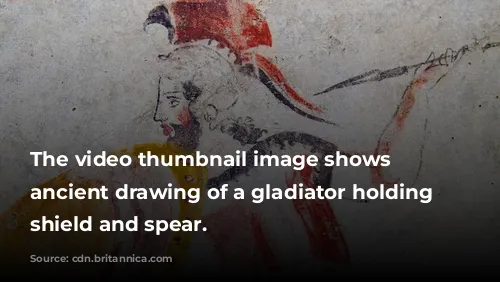
A Seat for the Masses: The Colosseum’s Design
The Colosseum, a marvel of Roman engineering, was designed to accommodate a massive audience. Its seating capacity reached a staggering 50,000 spectators, shielded from the sun by a massive retractable awning known as the velarium. This elaborate system involved supporting masts extending from corbels built into the Colosseum’s top story, requiring hundreds of Roman sailors to manipulate the rigging.
The Colosseum’s design aimed to provide comfort and protection for its spectators, allowing them to enjoy the spectacles in relative comfort, even under the scorching Roman sun. The elaborate retractable awning was a testament to the Roman’s ability to engineer complex solutions to practical problems.

A Legacy of Entertainment: The Colosseum’s Events
The Colosseum was the stage for countless spectacles, from gladiatorial combat to animal hunts and even mock naval battles. Its arena witnessed thousands of hand-to-hand combat between gladiators, contests between men and animals, and large-scale battles that captivated the Roman public. However, there is no concrete evidence to confirm whether the arena was the site of the martyrdom of early Christians.
The Colosseum served as a powerful tool for entertainment and propaganda, allowing the Roman emperors to showcase their power and control over vast resources. It was also a place where the Roman public could experience the thrill of danger and the spectacle of violence, which were central to Roman society.
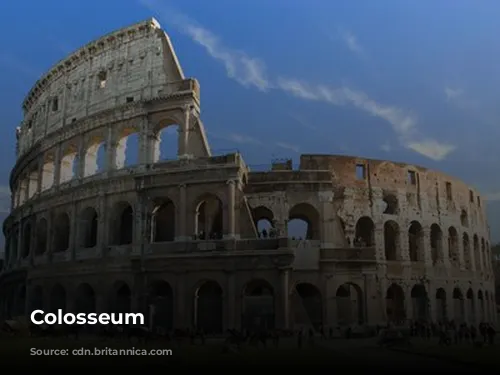
A Tale of Two Cities: The Colosseum’s Legacy
In medieval times, the Colosseum was repurposed as a church, then transformed into a fortress by the Frangipane and Annibaldi families. However, the ravages of time, including lightning strikes, earthquakes, vandalism, and pollution, left the Colosseum in a state of disrepair. The once-glorious marble seats and decorative materials disappeared, leaving the Colosseum little more than a quarry for over a thousand years.
The Colosseum’s journey from a grand arena to a neglected quarry reflects the changing fortunes of Rome itself. However, the Colosseum’s story does not end there. The 19th century witnessed the beginning of preservation efforts, with notable contributions from Pius VIII. The 1990s saw a major restoration project undertaken, bringing the Colosseum back to its former glory.
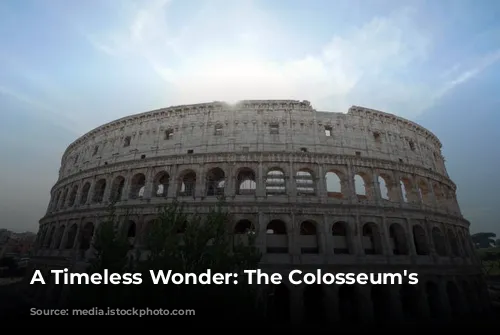
A Timeless Landmark: The Colosseum Today
The Colosseum remains one of Rome’s top tourist attractions, drawing in close to seven million visitors annually. Regular exhibitions delve into the culture of ancient Rome, offering visitors a glimpse into the world of gladiators, emperors, and the grandeur of the Roman Empire.
Today, the Colosseum is a testament to the enduring legacy of ancient Rome and its enduring impact on the world. Its magnificent structure continues to inspire awe and wonder, reminding us of the power of human creativity and the enduring spirit of a bygone era.
